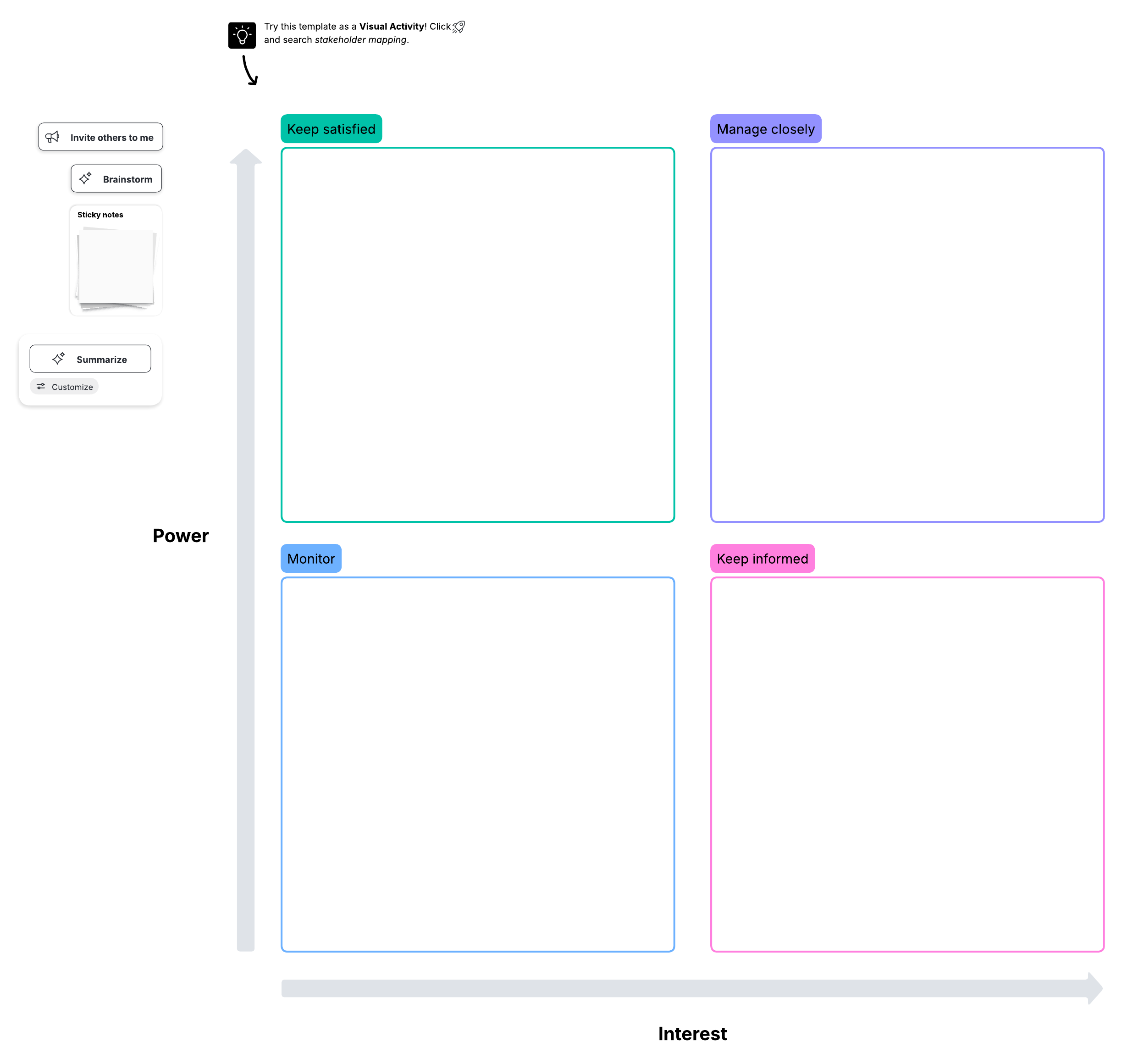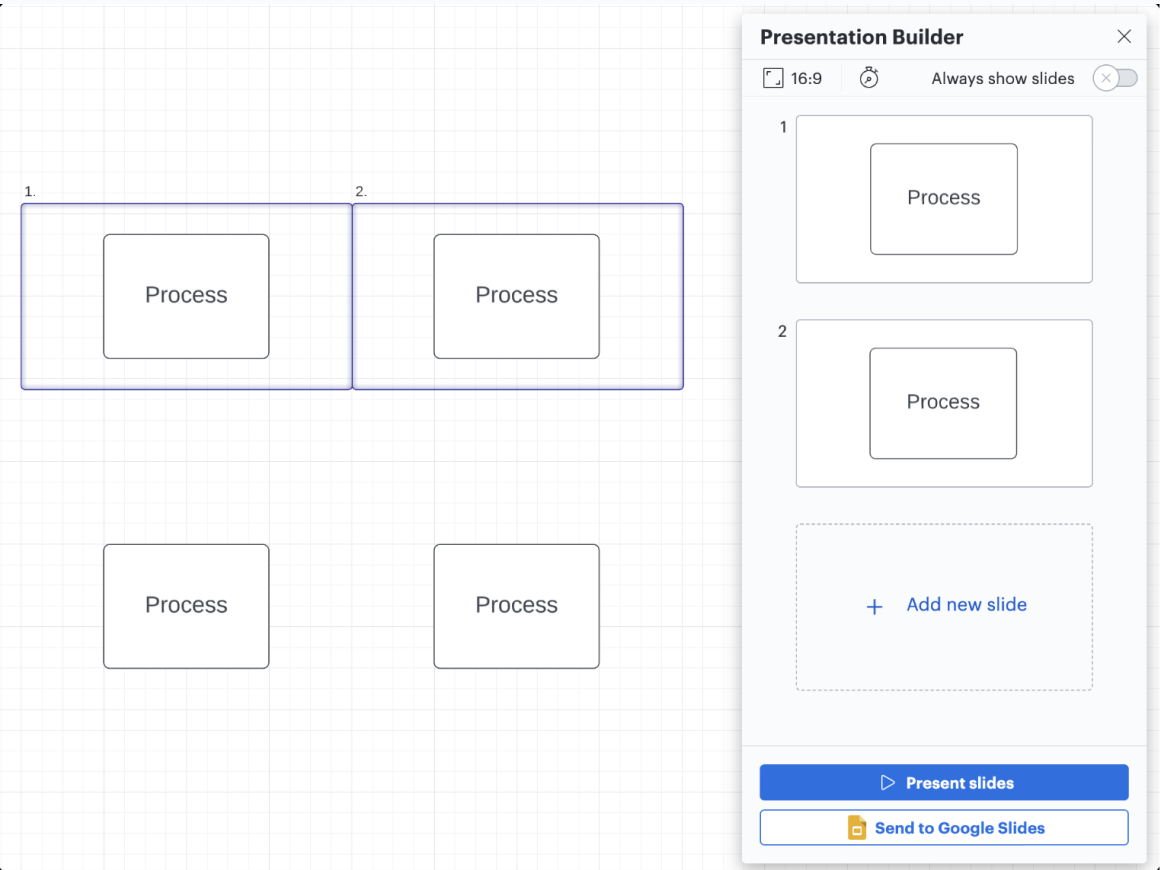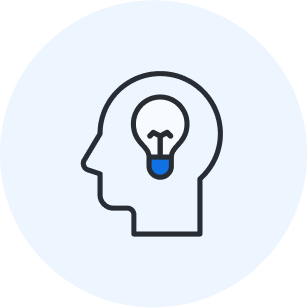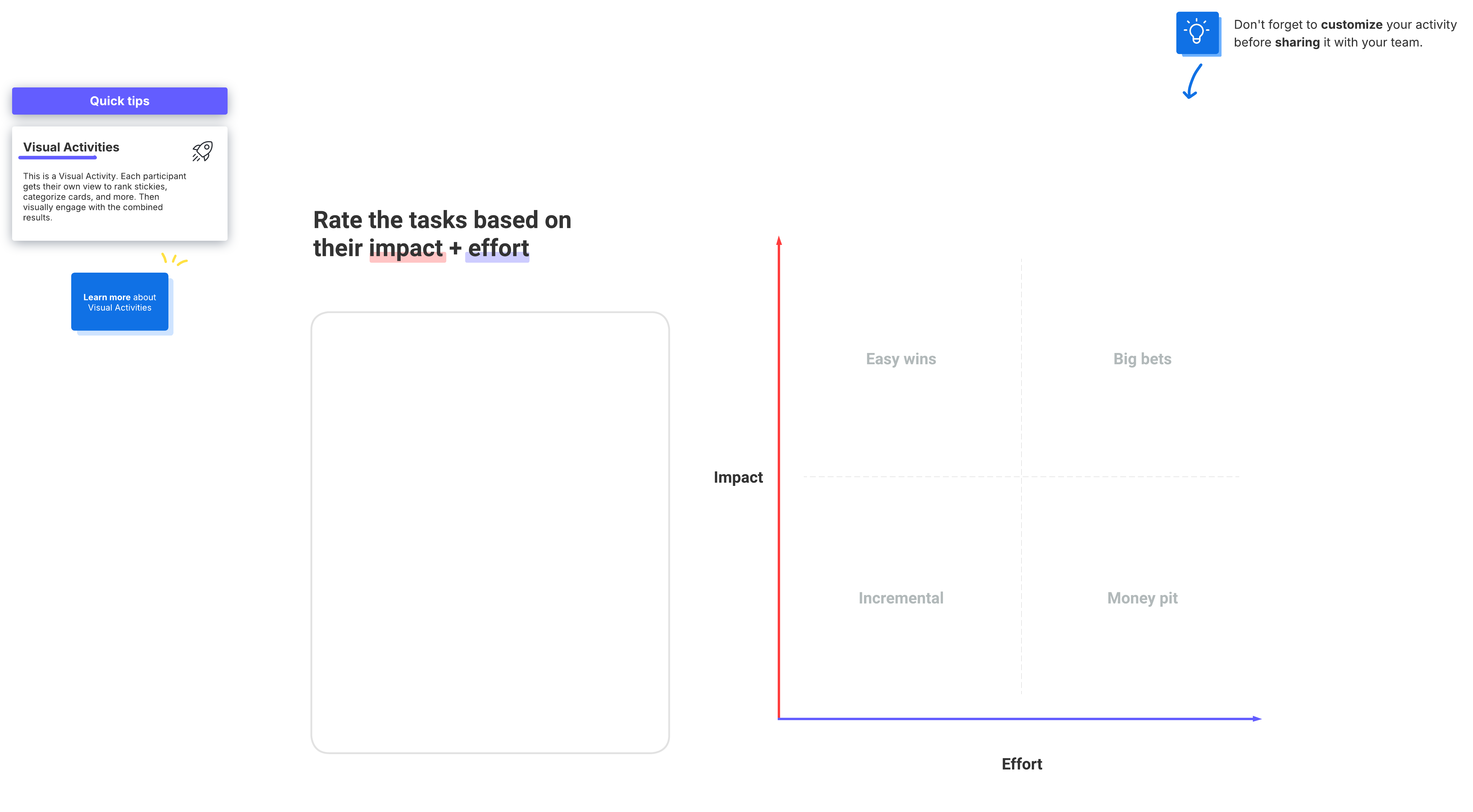
How to speed up stakeholder approval for processes
Reading time: about 5 min
Topics:
Delayed processes cost organizations a lot of time and money. While stakeholder approval is not the only factor that delays processes, it’s certainly a significant one.
Sometimes, team members are unclear about whether an iteration of a process is officially approved. In other cases, organizations don’t have any approval flows in place, so unapproved processes are made widely available without any governance or standardization. Whatever the case, the longer it takes to get stakeholder sign-off, the longer a process will take to finalize and the more it will ultimately cost the organization.
Whether you’re a team member looking to get process approvals from stakeholders faster or a leader wanting to speed up processes for your entire organization, these tips are for you.
Understand a stakeholder’s level of involvement from the beginning
Some stakeholders may need to approve several stages of a process, while others may only need to give light input. If you miss involving a stakeholder who needs to sign off on something, you’ll lose time by backtracking. If you loop in a stakeholder for review who doesn’t need to be, you’ll spend unnecessary time waiting for their response. Neither scenario is time-efficient.
To use your time most effectively, be sure you understand how much it makes sense to involve each stakeholder from the very start of a process. Determine involvement level by balancing a stakeholder’s interest in the process with their influence on the process. A stakeholder map like the one below can help you identify how your communication should vary between stakeholders.

Visualize the process you want approval on
The easiest way to set your process up for getting approved is to visualize it. A visual process is much easier for stakeholders to quickly understand than text-based processes. And the quicker they understand the process, the quicker they’ll be to give their stamp of approval.
With a visual collaboration solution like Lucid, you can visualize any process with intuitive features such as:
-
AI-generated diagramming
-
Hundreds of ready-to-use templates
-
Robust shape libraries
-
Assisted layout for polished visuals
Once you have a visual process to reference, you can easily share it with stakeholders.
Keep documentation in one place
Speaking of sharing your process, making stakeholders track down work in different places in a sure way to slow down approvals. To fast-track stakeholder reviews (and ultimately, approvals), use and share a single source of truth.
We recommend using Lucid as your single source of truth. Not only can you track work, feedback, and decisions in a Lucid document, but by using Lucid’s powerful integrations, you can also provide a polished version via the apps stakeholders are familiar with. For example, within Lucid, you can use Presentation Builder to seamlessly turn your work on the canvas into a Google Slides presentation.

You can also leverage integrations such as Slack and Microsoft Teams to share the Lucid board and notify stakeholders quickly. Whichever route you choose, the documentation remains unchanged, up to date, and easily accessible in Lucid.
Enable asynchronous collaboration
In today’s distributed workplace, enabling asynchronous collaboration is a powerful way to streamline feedback. The higher up in an organization a stakeholder is, the more difficult it may be to get time on their calendar for real-time feedback. When you offer a way to collaborate and provide feedback asynchronously, stakeholders can provide input without having to make time for an entire meeting.
In Lucid, asynchronous collaboration is just as easy as real-time collaboration, so you can pick the method that works best for your team. Lucid offers features such as comments, tags, Frames, and Paths to seamlessly loop in collaborators. With collaborator colors and the show authors feature, anyone looking at the board can quickly see who added which ideas.
Even if you aren’t able to get a stakeholder to meet with you during a busy week, you may be able to get them to review one specific comment in a Lucid document. A top Canadian life insurance company implemented Lucid across their teams and saw the time needed to provide feedback on colleagues’ work reduce from two or three days to two or three hours—87% faster than before.

Find out how 5 other companies improved their operational efficiency with Lucid.
Read moreBe clear about the process’s value
The more a stakeholder understands the value of the process (or a process change), the more likely they are to prioritize their review. For example, if you present a one-off process for review without tying it into real business impact, stakeholders aren’t likely to put completing their review at the top of their to-do list. But if, on the other hand, you present a process or change that has a higher overall impact, they may be more likely to fit it into their schedule.
Obviously, not all processes are created equal and have the same amount of impact. But the more you can tie your process back to the ways it impacts the organization’s or a department’s goals, the more likely stakeholders will be to speed up the approval process.
Consider deciding as a team how impactful a process is. You can use a visual activity like Lucid’s impact vs. effort matrix activity to rank which tasks are easy wins, money pits, and everything in between.

Use Lucid’s Process Accelerator
If you’re looking to speed up stakeholder approval for your entire organization and not just for one-off processes, Lucid’s Process Accelerator can help.
The accelerator can be added to Enterprise accounts to help standardize how an organization documents, publishes, and stores processes.
Video showing how Lucid's process accelerator helps speed up stakeholder reviews and approval.
With the Process Accelerator, you can use built-in approval flows within repositories that require specific steps for process changes to facilitate quick feedback and drive stakeholder accountability. Before a process can be published to a repository or be updated, it must go through an approval workflow. While a process is being updated, it is in a draft form, so the published process isn’t impacted. This enables stakeholders to review, edit, comment on, and approve or deny documentation before it’s published in a repository. Once it has been approved, updates are published to the official process, ensuring it is always the most up-to-date version.
Requesters and approvers receive notifications via email, Slack, or Microsoft Teams to ensure streamlined feedback loops.

The Process Accelerator
Want to learn more about how the Process Accelerator can help your org standardize processes?
Get more infoAbout Lucid
Lucid Software is the leader in visual collaboration and work acceleration, helping teams see and build the future by turning ideas into reality. Its products include the Lucid Visual Collaboration Suite (Lucidchart and Lucidspark) and airfocus. The Lucid Visual Collaboration Suite, combined with powerful accelerators for business agility, cloud, and process transformation, empowers organizations to streamline work, foster alignment, and drive business transformation at scale. airfocus, an AI-powered product management and roadmapping platform, extends these capabilities by helping teams prioritize work, define product strategy, and align execution with business goals. The most used work acceleration platform by the Fortune 500, Lucid's solutions are trusted by more than 100 million users across enterprises worldwide, including Google, GE, and NBC Universal. Lucid partners with leaders such as Google, Atlassian, and Microsoft, and has received numerous awards for its products, growth, and workplace culture.
Related articles
2 templates to help with stakeholder management
In this blog post, we will explain the importance of effective stakeholder management, as well as share a few templates to get you started.
How to implement new processes in the workplace
Create a plan for implementing new processes in the workplace with these 7 steps.
8 Lucid features to improve business process documentation
Improve process documentation to achieve greater alignment within your organization using these Lucid features.
How to develop an efficient innovation process
Bringing new ideas to life is not a linear process. Let’s examine the phases of innovation and review actionable tips for making them more efficient.
